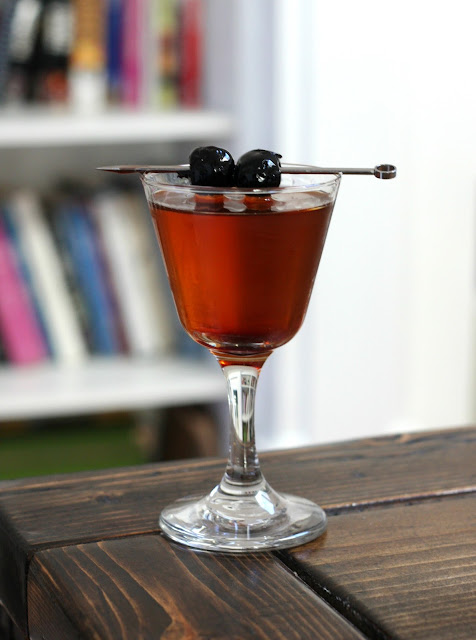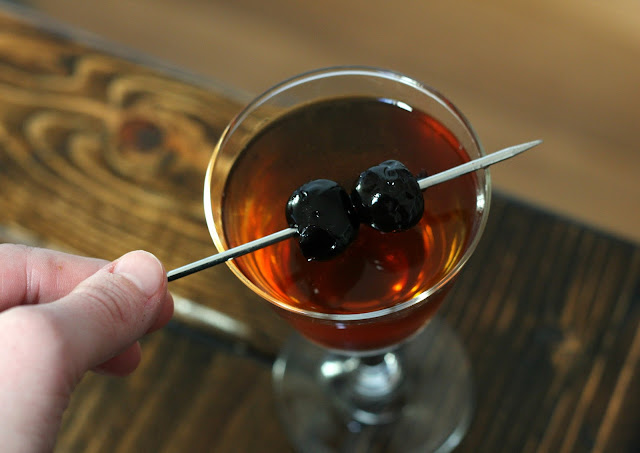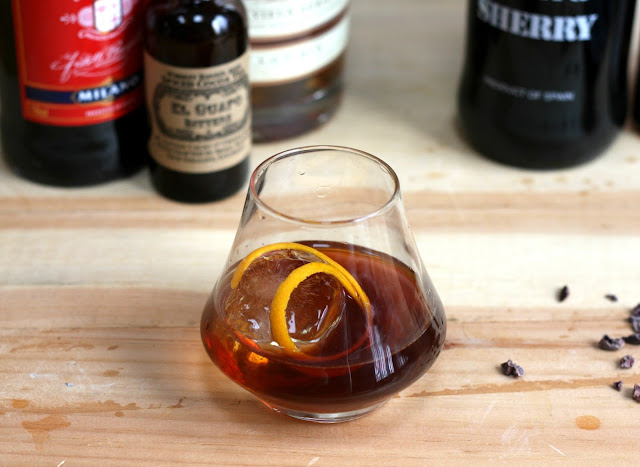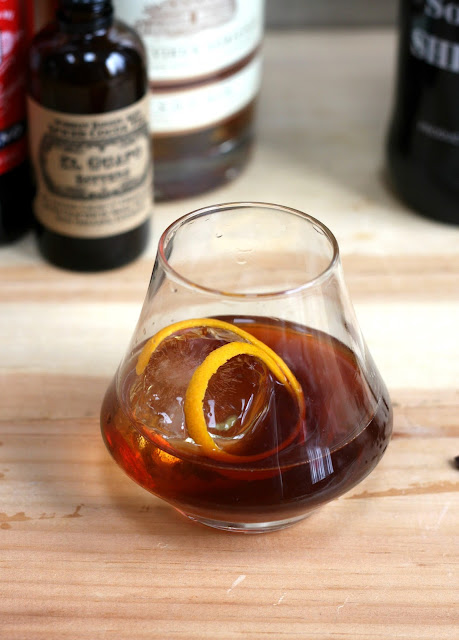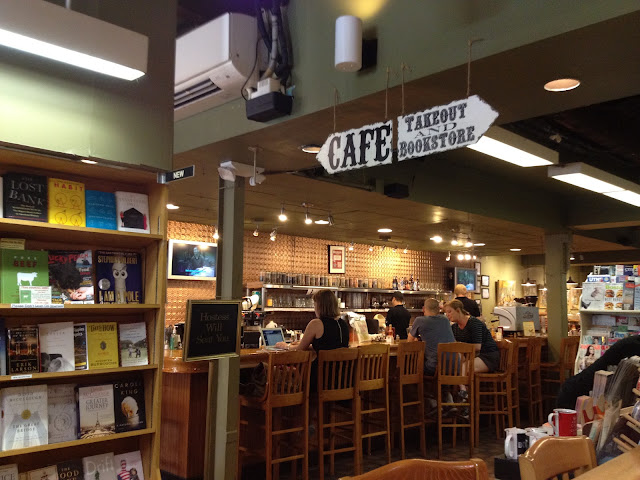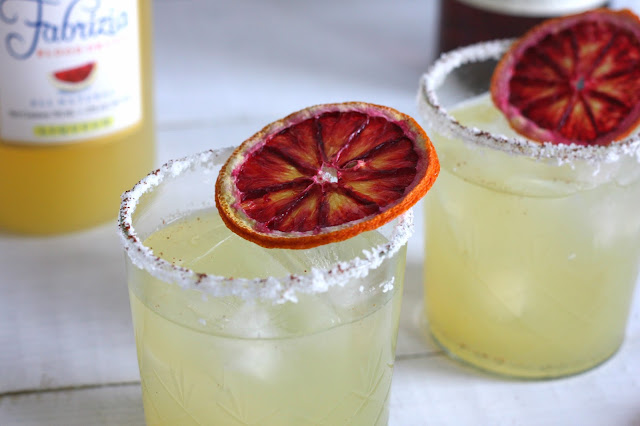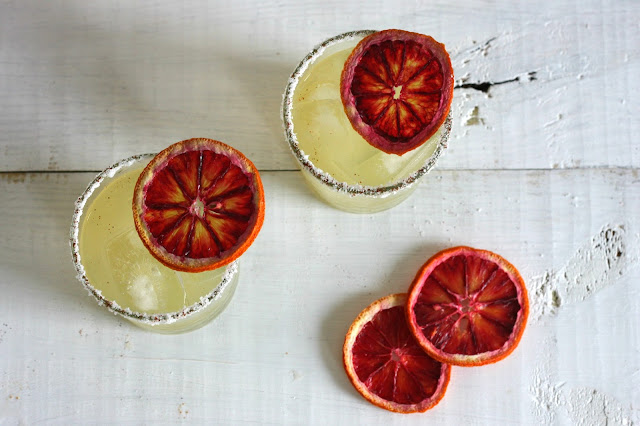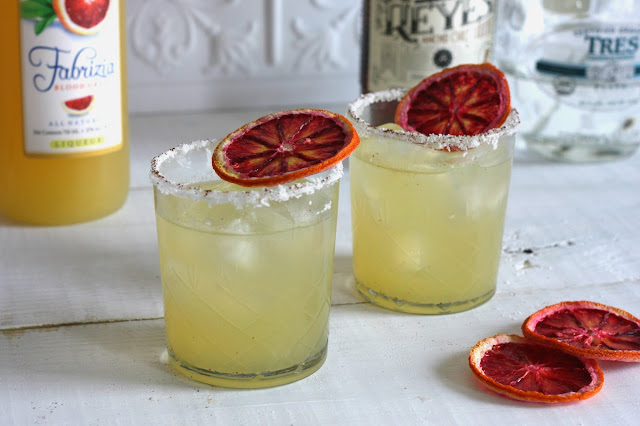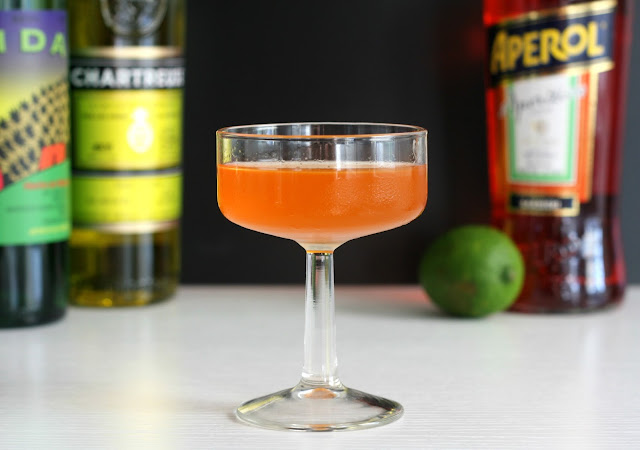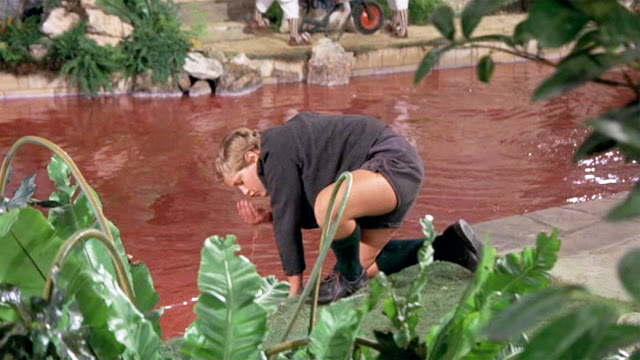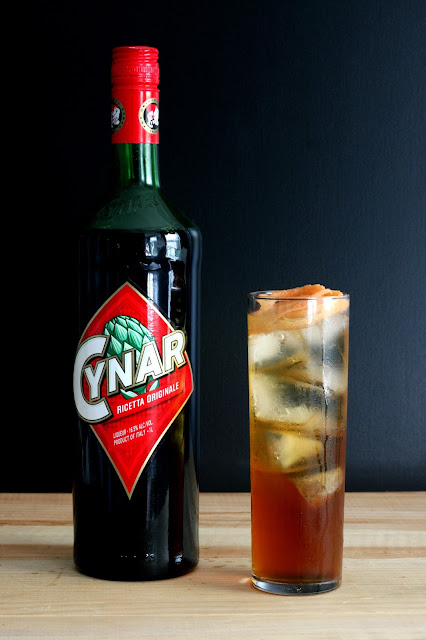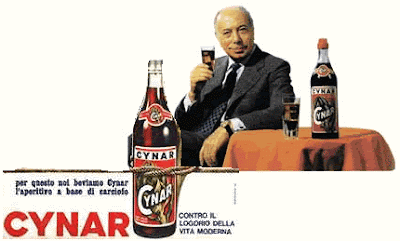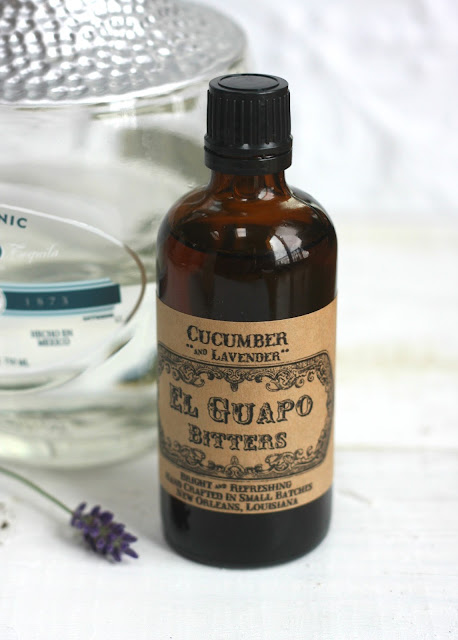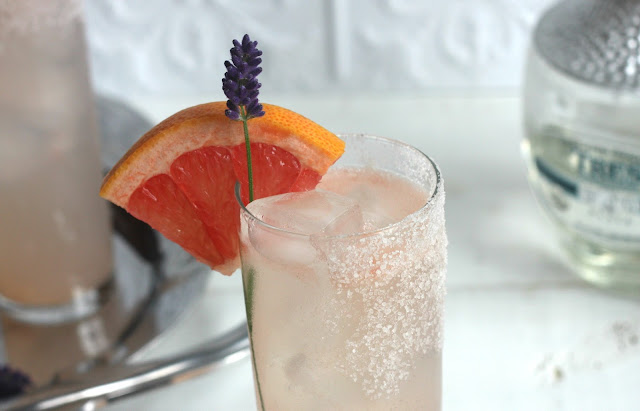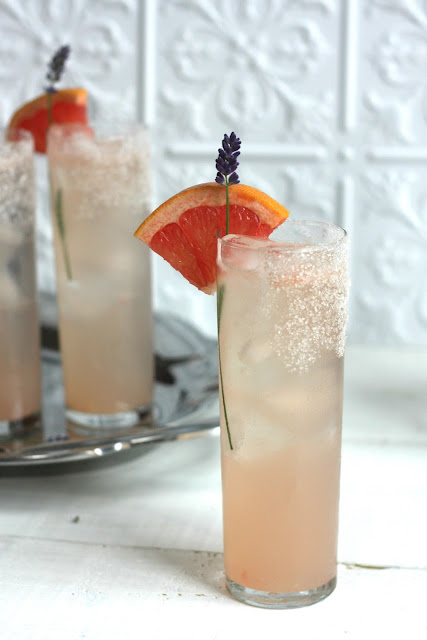I've always enjoyed bringing my laptop to cafes when I need to get work done on the weekends. I tend to be more productive out of the house, and the promise of some good coffee makes the prospect of working when most people are off a little more bearable. So it follows that a beer or a cocktail would be even better. Obviously you don't want to get too terribly schnobbered when you're trying to get things accomplished, but slowly sipping a drink while crossing a few tasks off your to-do list can be really nice. Unfortunately, most bars aren't really good environments for working on a laptop. But over the last few years in Boston, I've slowly accumulated a list of places where you can have a drink and get some work done. I thought it was about time to share it with all of you!
For me, the most important criterion for this list is that you don't feel awkward taking out a laptop at any of these places, or lingering for a little while. Wifi and access to outlets are big plusses but not 100% necessary for me. And while I'd love to find more spots that serve cocktails, that's also not a requirement - beer and wine are a-okay.
Just a note: for all of the bars below, I only recommend working during
off-peak hours - afternoons, and early evenings Sunday - Thursday. I don't advocate showing up at any of these spots on a Saturday night and lingering with a laptop!
So here they are: my seven top spots for working and drinking in Boston.
Trident Booksellers and Cafe
Newbury Street
When it comes to working away from home, it's hard to beat Trident. Open from 8 am until midnight, the cafe inside Trident has an extensive menu serving just about anything you could want, including wine and beer. But it feels more like a cafe than a restaurant, a place where you feel comfortable lingering. I like to sit at the bar, where lots of people tend to have a book or a laptop out.
Cocktails: No
Free wifi: Yes, occasionally spotty
Free snacks: They usually give me a bowl of chips if I only order a beer
Other people drinking: Usually
Other people on laptops: Almost always
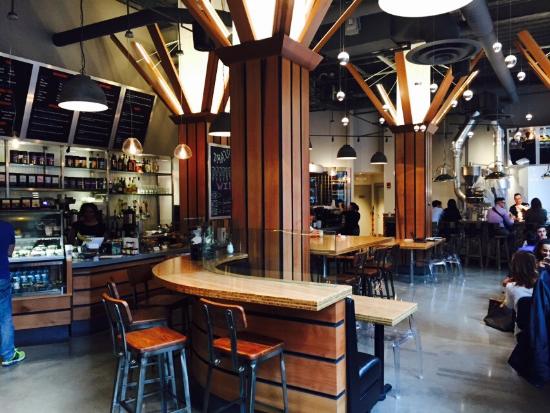 |
| Jaho Coffee Roaster and Wine Bar. Photo from TripAdvisor. |
Jaho Coffee Roaster & Wine Bar
Chinatown
This spot is relatively new, and I was pretty excited when it opened. Jaho is basically built for bringing a laptop and settling in over a cup of coffee or a glass of wine. It's a gorgeous, high-ceilinged space with big windows and the usual quasi-industrial hip coffee shop decor. When I arrived at 4 pm, just about everyone was reading or on a laptop and sipping coffee. Over the next couple of hours, groups of people began to trickle in to order wine or beer, but there were still plenty of folks on their laptops - some, like me, trading their latte for a glass of wine.
Cocktails: Some coffee cocktails
Free wifi: Yes
Free snacks: No
Other people drinking: Few before 5-6 pm, then yes
Other people on laptops: Yes
Ula Cafe
Jamaica Plain
The only spot in my neighborhood on this list, Ula is a solid option for working remotely any time of day. They have reliable wifi and a nice menu of coffees and sandwiches, as well as a small selection of wines and local beers. It gets crowded on weekends, but I've always been able to find a seat. I don't often see other people drinking there, but no one will look at you askance if you sit down next to them with a beer instead of a cappuccino.
Cocktails: No
Free wifi: Yes
Free snacks: No
Other people drinking: Rarely
Other people on laptops: Always
Loyal Nine
East Cambridge
I really like Loyal Nine. It's the kind of place that makes me wish I lived in Cambridge. The main restaurant serves delicious food and impeccable cocktails (by Frederic Yarm, the
Cocktail Virgin Slut himself). The patio is huge, and decked out with vegetable gardens, string lights, and games. But, most importantly for our purposes, from 8 am - 4 pm their cafe serves amazing coffee, sandwiches, and salads, along with wine, beer, and Bloody Marys. And it's dog friendly, which is an incredible rarity in Boston.
Cocktails: Just Bloody Marys at the cafe
Free wifi: Yes
Free snacks: No
Other people drinking: One other person, every time I've been
Other people on laptops: Always
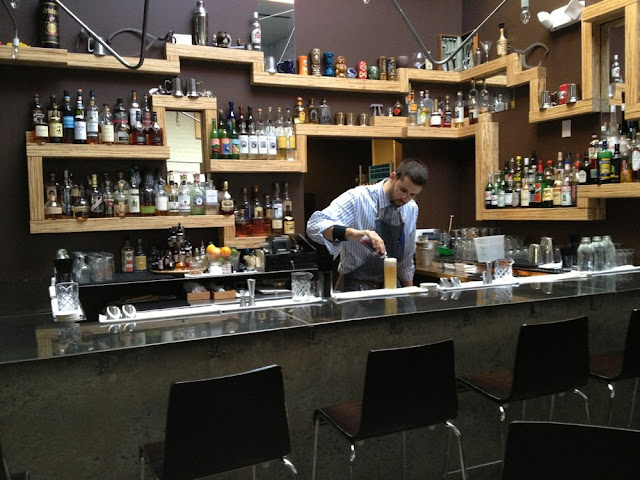 |
| Backbar. Photo by Yelp user David C. |
Backbar
Union Square
Backbar is probably my favorite cocktail bar in Boston, so I can't believe it took me so long to check out their Genius Hour. From 4 - 5:30 pm daily, they have free wifi and encourage patrons to bring their laptops to the bar. I was a little doubtful that anybody would take them up on it, and it's a small place, so I didn't want to be the only one sitting there with a laptop. I was not, as it turned out - there was one other guy working when I was there, and only a couple of other people at the bar. They do reserve their high-top tables for larger parties, so you'll either be sitting at the bar or on one of the sofa-type seats with a low table. It was actually a great place to work, and I got to watch the bartenders experimenting with new cocktails as well. And of course the drinks are amazing.
Cocktails: Yes
Free wifi: From 4:00 - 5:30 daily
Free snacks: A teacup of spicy-sweet popcorn
Other people drinking: Always!
Other people on laptops: Sometimes
The Last Hurrah
Downtown
Hotel bars are always a good option for whipping out a laptop, because they're often frequented by travelers who need to be working away from the office. That said, Boston's hotels tend to buck the trend of the traditional "hotel bar," which is great if you're looking for a craft cocktail but not so good if you wanted an uncrowded spot to work. The Last Hurrah is a surprising exception to this rule. A historical bar in the Omni Parker House, it's a gorgeous place to have a drink, and it's rarely crowded, so pulling out a laptop is perfectly acceptable. The only negative is the lack of wifi, so bring a hot spot or download what you need before you go.
Cocktails: Yes
Free wifi: No
Free snacks: Mixed nuts
Other people drinking: Yes
Other people on laptops: No
Cambridge Brewing Company
Kendall Square
When I searched online for bars to work at, I was really surprised to see Cambridge Brewing Company recommended on
Reddit,
Quora, and
Epicurious. It's got more of a restaurant vibe than the other places on this list, and whenever I'd been there in the past, it was packed. I went to check it out on a Tuesday afternoon and was pleasantly surprised. I told the host I planned to use a laptop and he sat me at a table near an outlet. The place was mostly empty, and I didn't feel awkward at all. And of course, the beer is awesome and incredibly affordable.
Cocktails: No
Free wifi: Yes
Free snacks: No
Other people drinking: Yes
Other people on laptops: One guy at the bar when I was there
So are there any other good places to work and drink in Boston that I missed? I'd love to hear your recommendations!

